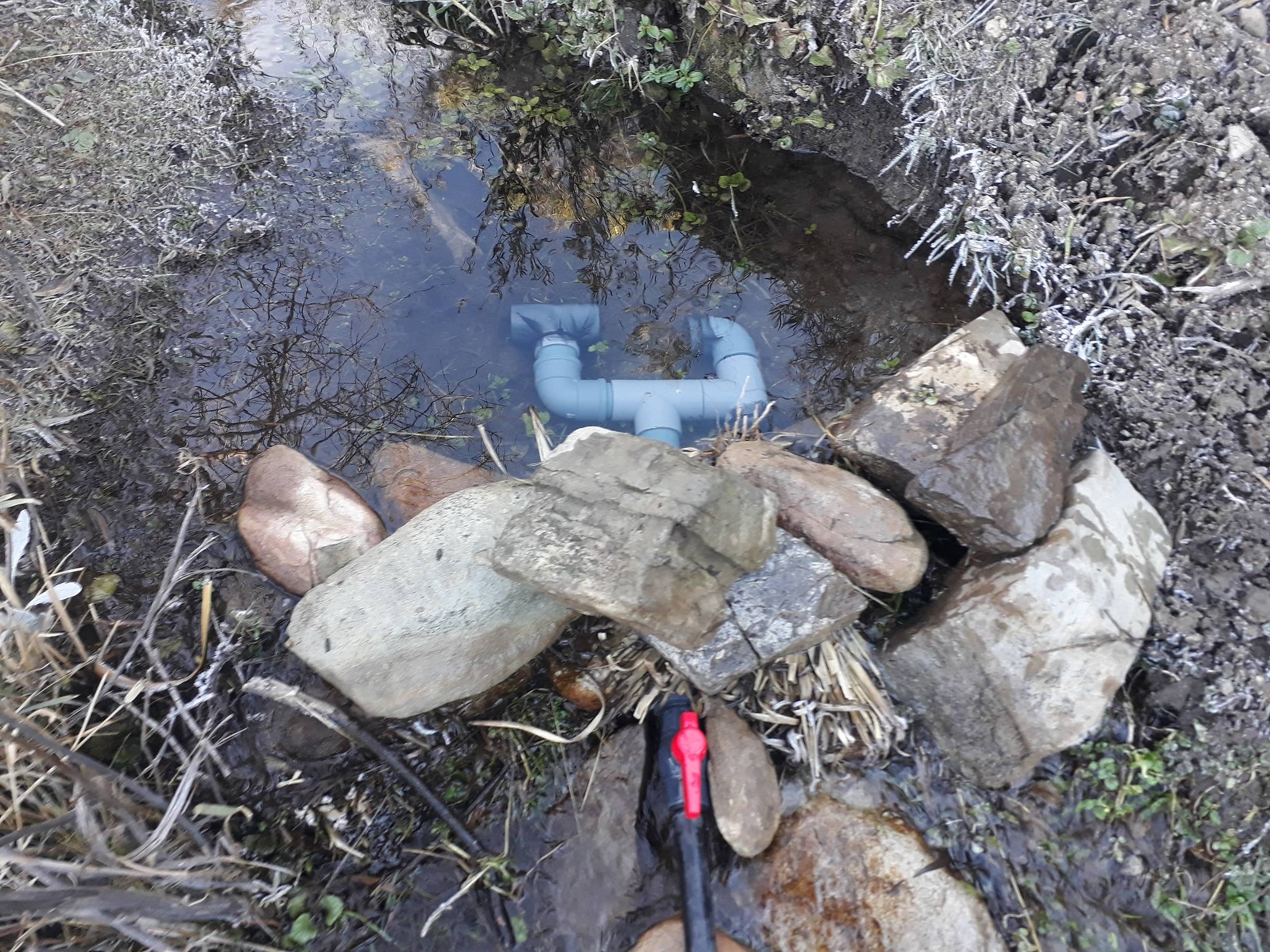Water and sheds in Tierras Blancas - Neuquén

One of the main effects of climate change in arid and semi-arid areas such as Patagonia, Argentina, is the reduction and/or disappearance of water sources, thus affecting the production and welfare of family farmers. This is also affecting the productivity of pasturelands. Among the main objectives of the project is the efficient use of water by generating innovations in water catchment, storage and distribution, in order to adapt production systems to the consequences of climate change. In addition, the increase in productive efficiency is expressed in the improvement of livestock indices, such as the percentage of cattle pointed.
Access to water for irrigation on farms in the region of the Minas Department, Province of Neuquén, Argentina, is limited by a deep drought that the region has been suffering for about 5 years. In addition to this situation of decreasing flows, there are no works that allow for an efficient planned use of water resources. In addition, infrastructure is needed to reduce losses caused during the winter.
The possibility of incorporating high-frequency and low-flow irrigation systems, such as drip irrigation, is an alternative to cover the water deficit, ensure the irrigation of multipurpose forests, and improve the productivity of pastures or rangelands. On the other hand, the incorporation of shelters allows the animals to have dry places where they can be supplemented and protected from storms, avoiding cold-induced abortions in weak or thin animals.
The Rural Extension Agency of INTA Chos Malal, with funding from the FONTAGRO project, trained producers and installed two drip irrigation systems in different demonstration fields and built three sheds, thus installing fodder production plots and multipurpose woodlots, which significantly increases the resilience of producers in the face of fodder shortages. And with the repairs, strategic supplementation practices are improved and signaling percentages are increased.




